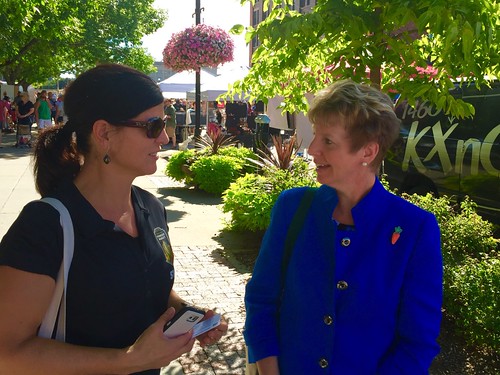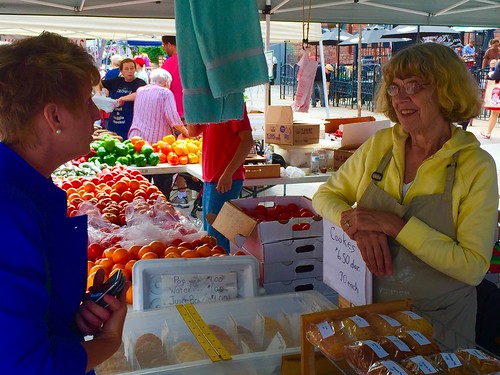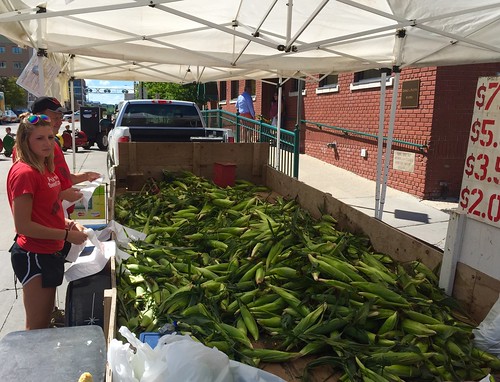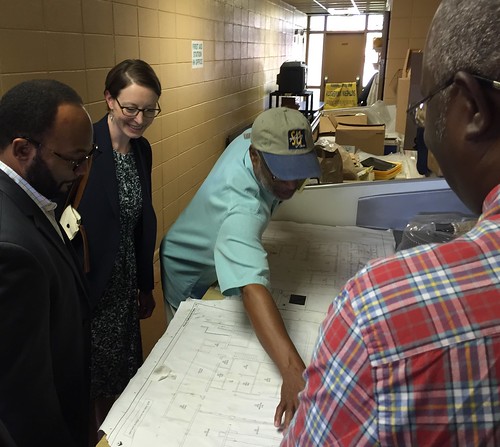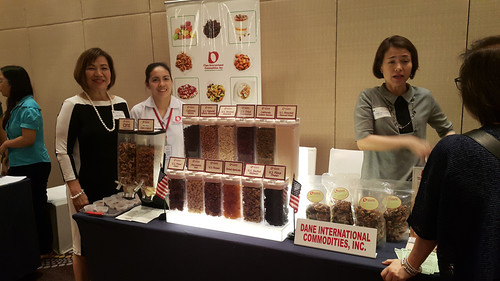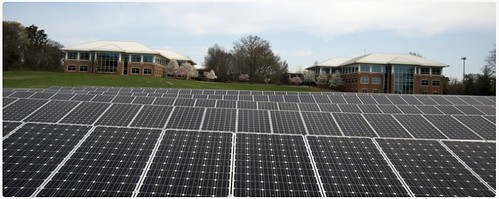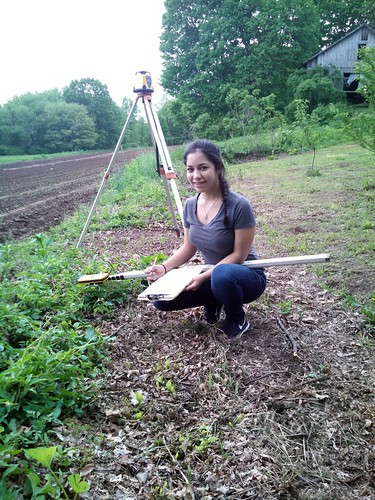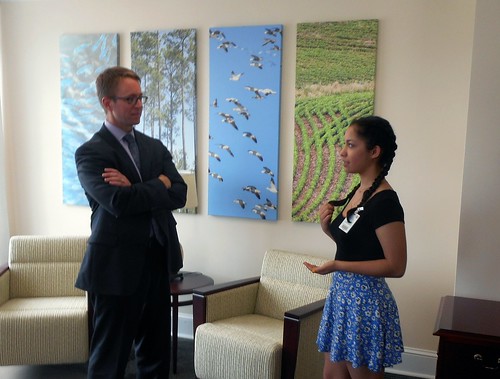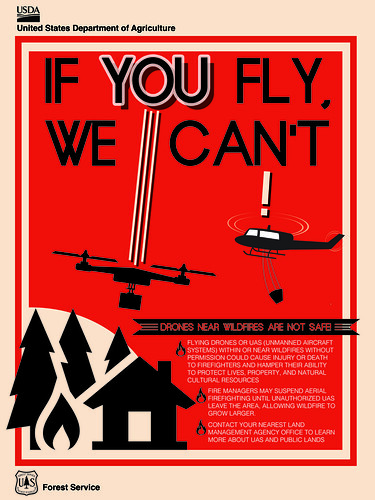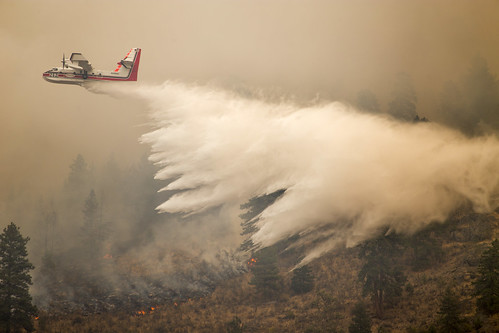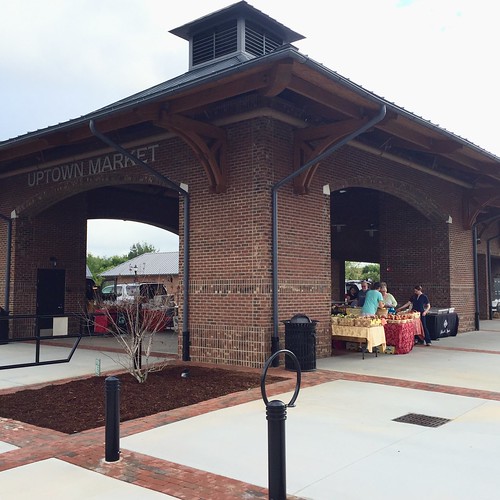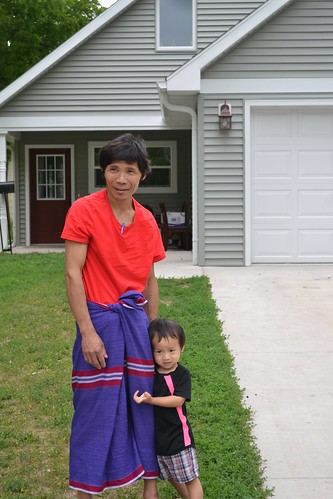
Nyo Maung with one of his six children enjoying some free time in the front yard of their new home.
There are stark differences between Huron, South Dakota, and the Thailand Refugee Camp where the Maung Family started their journey. There are cultural differences, language barriers, and vast contrasts between the way people live and work in these two pinpoints on opposite sides of the globe. The Maung family journeyed from Thailand and have been welcomed into the community of Huron, South Dakota. They are enjoying the American culture and are adjusting well to life in their new community.
It takes strong community partners working together to create thriving communities and improve the quality of life in rural areas. Even though the Maung family has limited knowledge of the English language, that barrier did not prevent them from pursuing the American dream of homeownership through USDA. They worked with a language interpreter to engage several partners that worked together to assist with the application process of becoming new homeowners.
The Maungs received a USDA Rural Development Direct Home Loan packaged through the certified loan packager James Valley Housing, Inc. to finance their home. They were also able to leverage this loan with a $5,000 Grow South Dakota silent mortgage for closing costs. Northeast South Dakota Community Action Program provided financing to James Valley Housing, Inc. to hire a contractor, and Sheets Contracting, a local Huron contractor, built the house.
When I spoke to Nyo Maung during an event we held during Homeownership Month, he said he had been directed to USDA through a friend in the community. Once he heard about us, he worked with another member of his community—who happened to be a certified packager—who helped him pull together all the necessary materials he needed for his application. This is the kind of community I’m proud to serve. I’m so happy the Maungs chose to call South Dakota home.
South Dakota’s rural makeup has been a good fit for folks coming from all walks of life to settle down. Huron has embraced people from many different countries and cultures, and the trend is spreading to other South Dakota communities statewide.
USDA Rural Development is committed to learning about and working with other cultures. And USDA has made great strides in embracing diversity and the cause of civil rights. We have made major improvements to farm loans that have made it possible for more Americans to get involved in farming and ranching. To find out more about our progress on civil rights, visit our Results webpage.
Today, because of our programs, more hardworking people like the Maungs have access to affordable homes they can call their own. In this way, USDA is helping to grow a community—one family at a time—in Huron.




